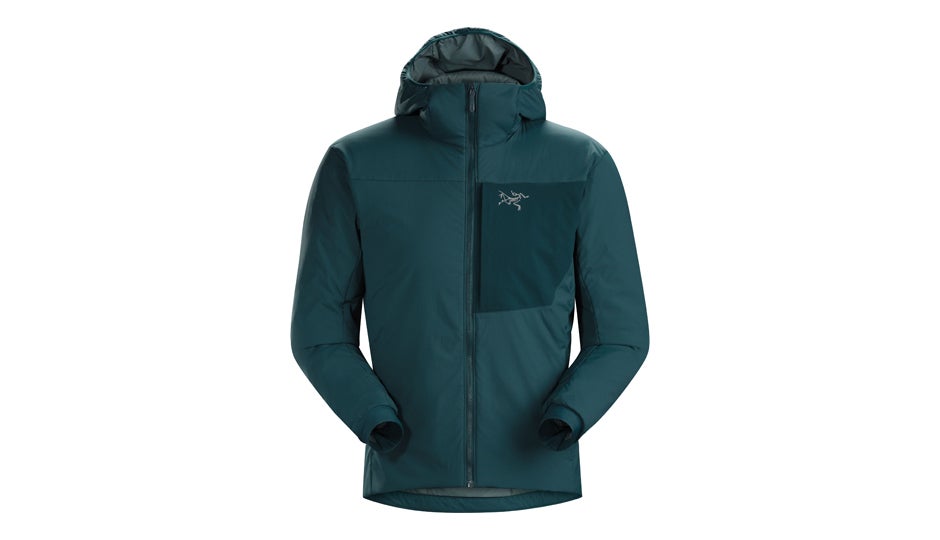If you buy through our links, we may earn an affiliate commission. This supports our mission to get more people active and outside.Learn about Outside Online's affiliate link policy
Review: Arc'teryx Proton LT Hoody

"None"

Autumn was slow to come to Colorado this year, but we still had a few volleys of cold, windy, and drizzly days that made me happy I was rocking the light (13.2-ounce) Proton LT Hoody as a midlayer or shell out at the rocks and in the mountains. As one half of Arc’teryx’s duad of Proton jackets, the LT (for “lightweight”) is a thicker, more insulated version of the Proton FL (for “fast and light”) that boasts Coreloft Compact 80 breathable insulation enclosed by Fortius Air 20 fabric, which Arc’teryx is billing as “60 times more durable in abrasion tests than the industry standard.” The Proton LT also has a DWR finish, two zippered hand-warmer pockets, a zippered chest pocket, adjustable hem, and adjustable, helmet-compatible hood; as a bonus, the three pockets have taco-style flaps that enclose the zippers, giving the piece an ultra-streamlined look and feel—important for when you’re rubbing up against ice and rock, which you will be in this shell.
So what does this mixture of breathability, insulation, and abrasion resistance mean for performance? Well, the first thing I noticed was that, for its weight, the Proton LT is very warm—like, almost puffy-level warm, meaning on all but the coldest days out cragging I could get away with a baselayer/s, the Proton LT, and maybe a wind shell. Meanwhile, it does a laudable job of letting out sweat, and never became overly saturated during exertion—approaches, vigorous walks, etc. This makes it ideal for summer alpine rock, with its fickle conditions, and as a midlayer on gnarly alpine—with its trim fit, cinchable hem and hood, and wind-block flaps inside the zipper, the Proton LT kept the heat in and moisture out, and has remarkable freedom of motion. As for abrasion resistance, the Fortius Air 20 fabric lived up to hype—I thrashed my way up sharp Colorado granite, and my puppy repurposed the Proton LT as a dog bed on some sharp rocks at the cliff, and it looks as good as new, with the dark-blue Iliad color still garnering admiration at the cliffs.